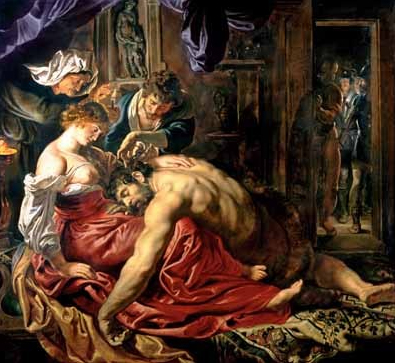Art audiences in London have been well served by the major exhibitions of recent years: they have seen late Picasso, early Cezanne and Monet's series paintings; now Rembrandt (scheduled for the National Gallery next year) is in the pipeline. But while such shows have made a large contribution to the knowledge and appreciation of the visual arts, it can also be argued that they have had a subtly damaging effect on public notions about art and the best way to experience it.
The blockbuster has tended to encourage a certain ''seen it, done it'' approach to art and to discourage the slow, repeated viewing that a lot of painting and sculpture demands. The leisurely consideration of a few works tends to produce insights and pleasures which are virtually impossible to extract from the hurried shuffle past several hundred pictures. The blockbuster has fostered the misconception that more is necessarily better, and that works of art loaned temporarily from abroad must be more interesting than those which can be seen all the time in London's permanent collections. Two current exhibitions demonstrate, in rather different ways, that this is not always the case.
''The Twilight of the Tsars'', which includes over 650 exhibits, is commonly referred to in some art world circles as the ''twilight'' of Hayward Gallery policy. This is a little unfair, but the show is certainly disappoint-ing. The standard of the paintings included is lamentable, and while there is doubtless much here to interest the student of design, architecture and the decorative arts, a display given over so heavily to Russian fin-de-siecle ephemera like posters, restaurant menus and sweet- wrappers seems strangely at odds with its sonorous title. Also strange is the fact that it contains no paintings of the Russian royal family and so, con-trary to expectation, offers...


